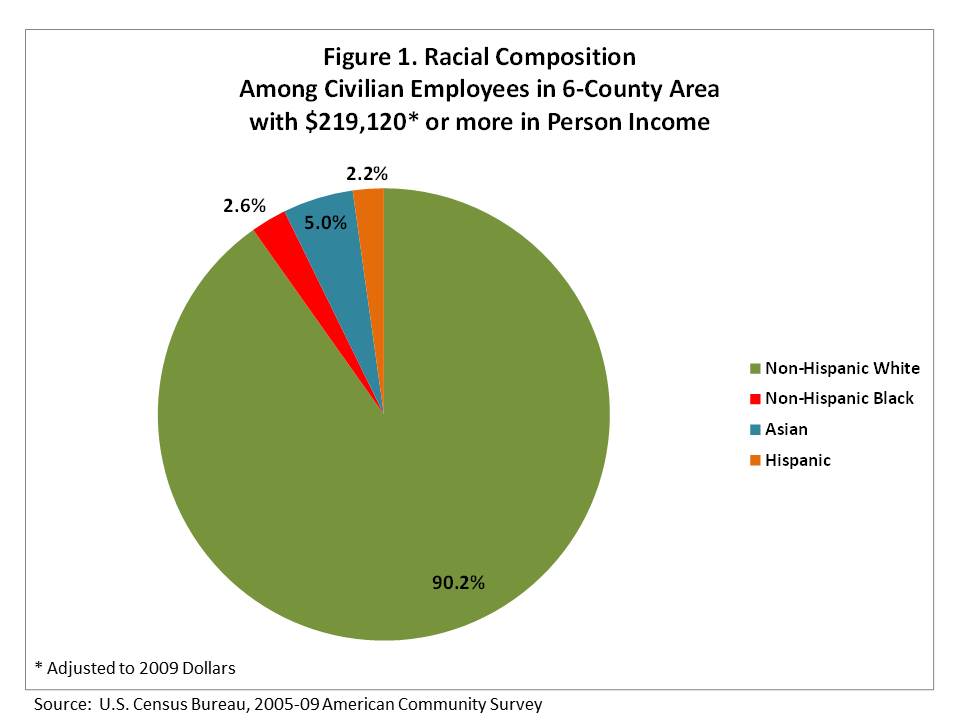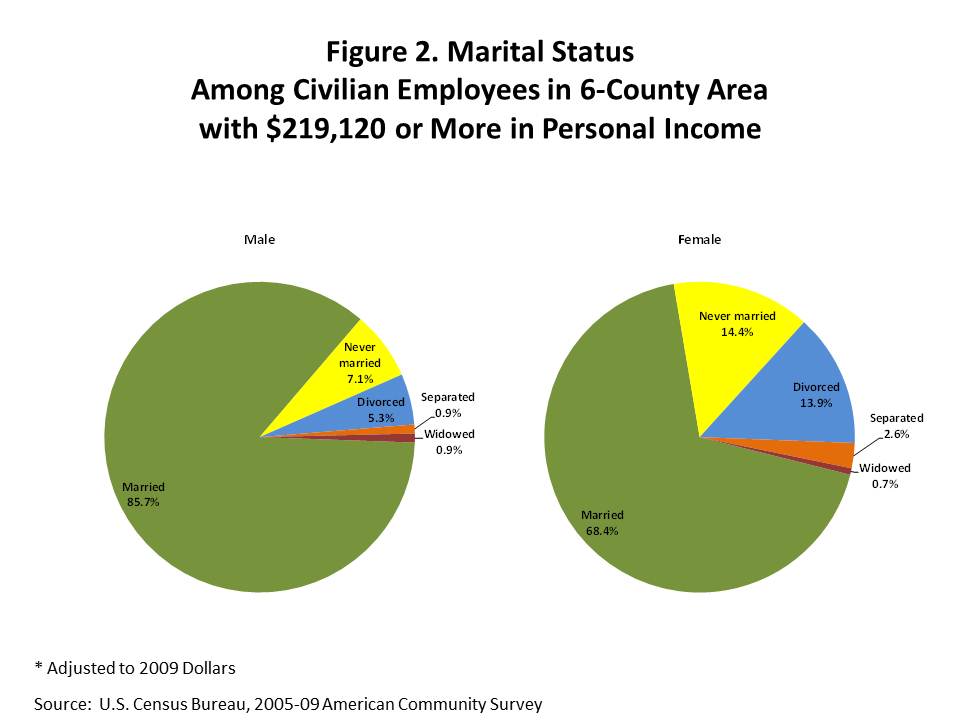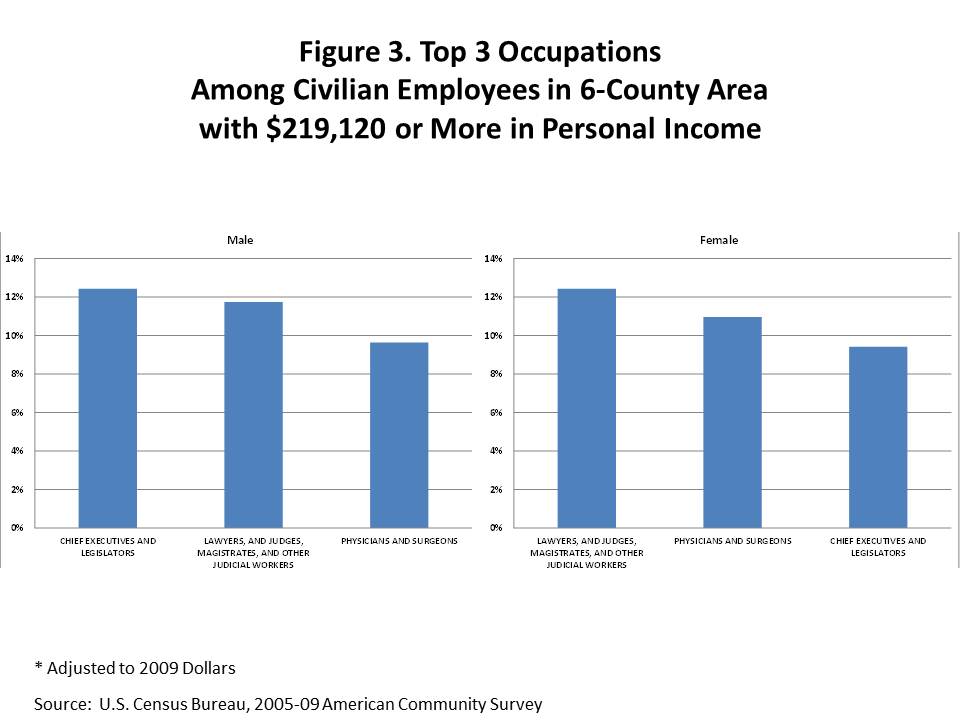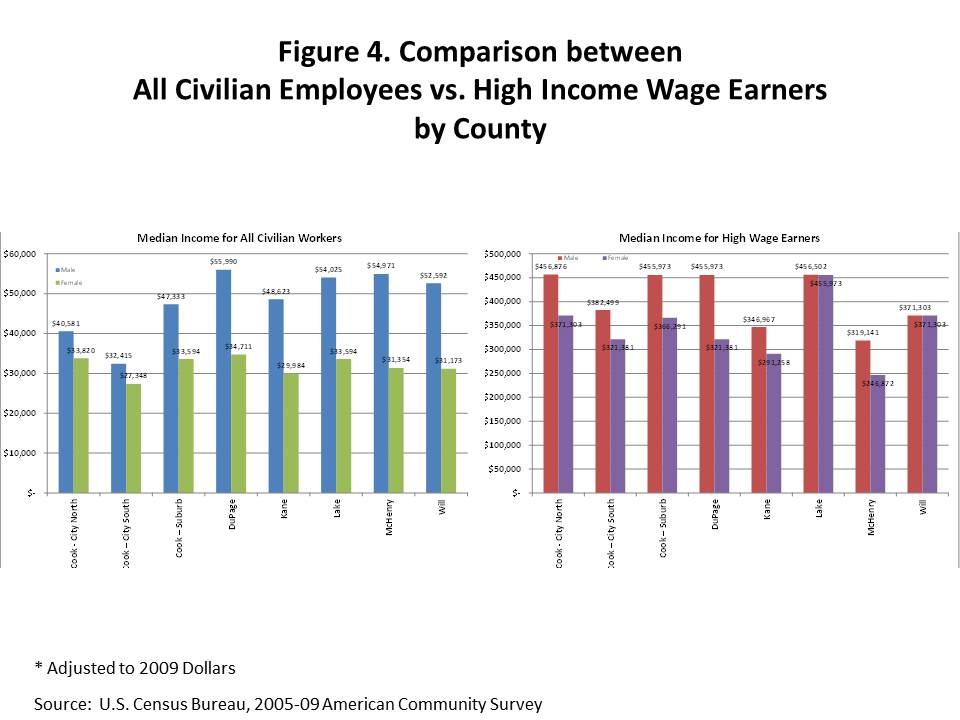By Kiljoong Kim
In today’s discussion of increasing economic inequality, the rich are usually represented in the media by celebrities, athletes and entrepreneurs with extraordinary incomes and consumption habits. But scores of the super-rich live amongst us without getting their names in the newspapers or their faces on TV.
Just who are these people? Let’s take a look.
*
According to the U.S. Department of Health and Human Services, the poverty threshold for one person in 2009 was $10,956. That is, anyone who earned just under $11,000 would be considered living in poverty.
Despite increases in the cost of living over the last several decades, this minimum threshold for subsistence has not changed very much once adjusted for inflation.
By contrast, having a six-figure income, which was once a defining level of economic status, has become increasingly common over the years, particularly for those with a high level of education.
Such increasing disparity calls for a modification in defining the rich.
Just for the sake of discussion, let’s say a rich person is someone earning 20 times the poverty level. Such a person would bring in an annual income of $219,120.
According to census bureau data, an estimated 94,210 individuals (2.4% of all civilian employees) working in Chicago’s six-county metropolitan area had incomes exceeding 20 times that of the poverty threshold between 2005 and 2009.
On the surface, there are little surprises about these folks; they are disproportionately non-Hispanic white (90.2%), men (83.6%), college graduates (86.8%), and American citizens (97%), including 8.4% who are naturalized.
 (Enlarge)
(Enlarge)
In addition, as one would expect, most of the high-wage earners are concentrated in the private sector (92.5%), with 29.7% being self-employed.
Interestingly, 5.3% were categorized as employees of a private not-for-profit, tax-exempt, or charitable organizations (that percentage jumps to 7.7% among female wage earners).
*
Being a high-income earner is particularly costly for women. While a larger proportion of rich men are married (85.7% versus women’s 68.4%), a significantly higher proportion of women are single (14.4% versus men’s 7.1%) or divorced (13.9% versus men’s 5.3%).
 (Enlarge)
(Enlarge)
Furthermore, very few female earners gave birth 12 months prior to the time of their responses (4.6%, compared to 5.8% for all women over the age of 16 in six-county area) and the majority of them (55.7%) do not have children.
Given the median age of 47 among these women, along with average weekly working hours of 50, many of them will likely remain childless even though these two obstacles are not likely to prevent male counterparts from maintaining families.
Such disparity suggests that traditional concept of family becomes extremely challenging for women who achieve financial success.
In other words, women are more likely to become competitive as wage earners if they forgo any aspiration to have families.
*
As shown in a new study that found a widening racial gap in wealth, race continues to be a significant factor in economic mobility.
Despite a rapid increase in the black middle-class for the past three decades, there remains a ceiling for members of minorities when it comes to earning potential that is clearly different from that of white males.
The intersection of race and gender magnifies the gap. Male-to-female ratio is the highest among Hispanics (6:1), making Latino women perhaps the most marginalized group when it comes to high-wage earning capability. Close second is non-Hispanic whites (5.3:1), perhaps due more to such overwhelming dominance of white men, followed by non-Hispanic Asians (4.4:1) and non-Hispanic African Americans (2.2:1).
*
In terms of credentials, not only are the rich college graduates, the majority hold graduate degrees (54.5%). Given the declining value of college degree (see The True Value of Education), it is not a surprise that those who are willing and capable of investing in additional degrees are the ones more likely to reap the financial benefit. Considering that the top three occupations tend to prefer, if not require, graduate training, these jobs are long shots for urban minority and rural impoverished students who struggle to finish high school.
 (Enlarge)
(Enlarge)
*
Geographically, 27.2% reside in the city and, again, as one would expect, 90% of such city dwellers were found on the North Side.
While suburbs in Cook County had the highest proportion of high-income earners (29.4%), affluent DuPage (16%) and Lake (14.8%) Counties also had their shares of wealthy workers.
While gender gap in income disappears among top earners in Lake and Will Counties, McHenry County has a substantially narrower gap between all workers and high income individuals.
 (Enlarge)
(Enlarge)
*
Interestingly, fewer than a half of these high-income earners were born in Illinois (48.4%). The top three non-Illinois states of birth were New York (4.9%), Michigan (3.5%) and Ohio (3.5%). The top three foreign countries were India (2%), Canada (0.9%), and Poland (0.8%).
It is somewhat surprising that there are more high-income earners born in Pennsylvania (2.5%) in this area than born in Mexico (0.4%).
*
Overall, the surprising element about the profile of these high-wage earners is the degree to which the data confirms societal beliefs that have been around for a long time; that it is a white man’s world; that education is the best bet for one’s financial success; and that women will find it extremely difficult to balance career and family.
While the conclusion that three out of four high-income earners are white males may not surprise anyone, it just goes to show that the societal changes we’ve heard about for several decades is not reflected in the economic realities of the masses.
For most of us, rectifying such inequity is seldom a priority and seems too daunting of a task. Instead, many simply strive to join the ranks of those whom we envy. Perhaps it is time to question our social beliefs and ponder why they have persisted all this time.
–
Kiljoong Kim is a research consultant and doctoral student in sociology at the University of Illinois at Chicago. He welcomes your comments. Read more in the Who We Are archives.
Posted on July 29, 2011


